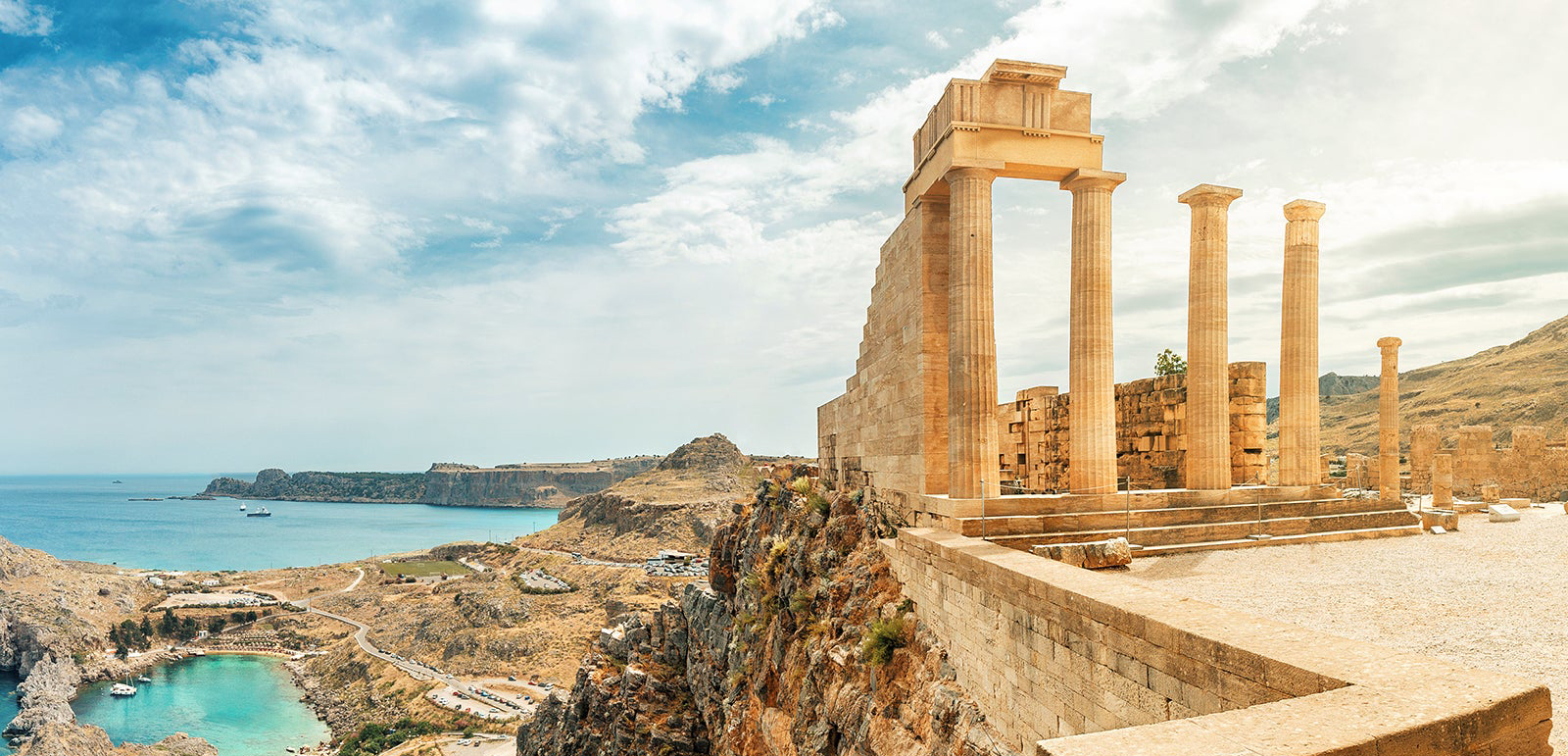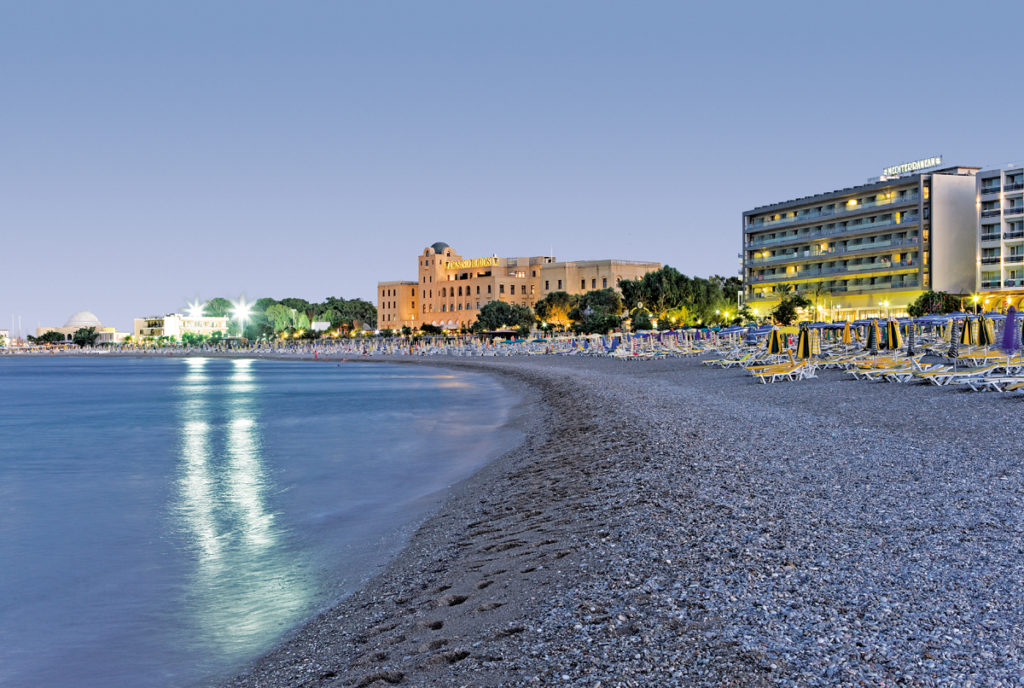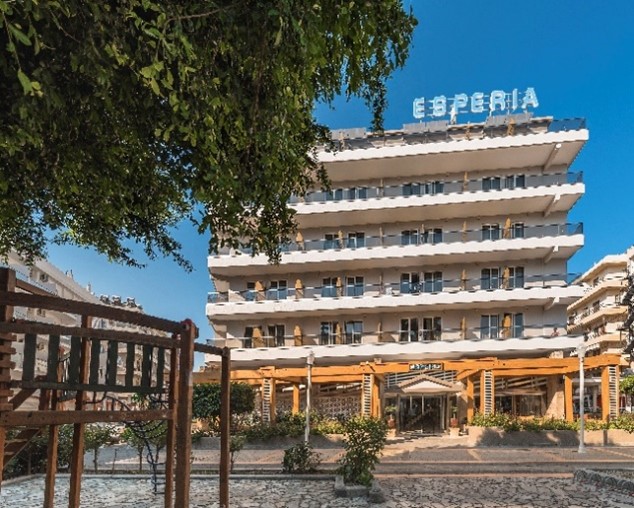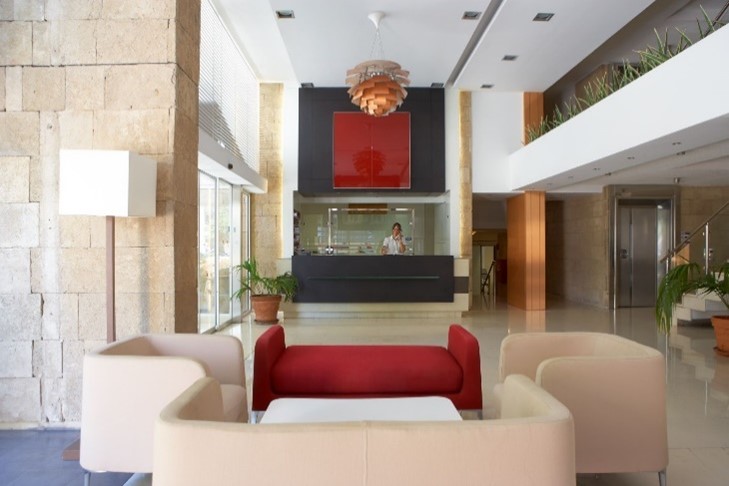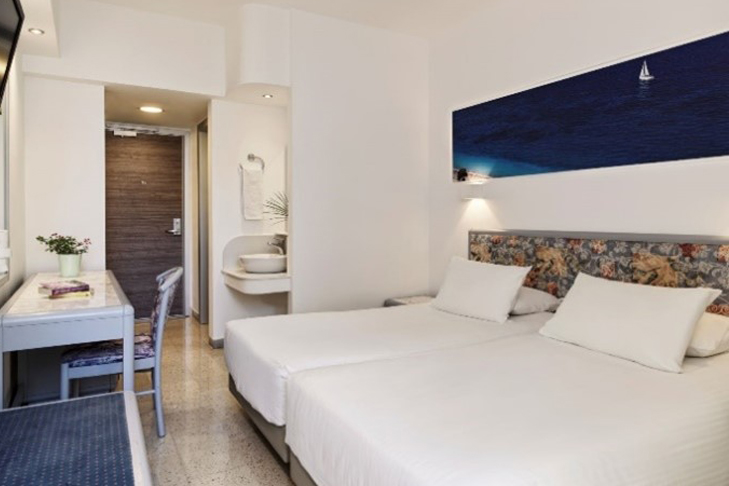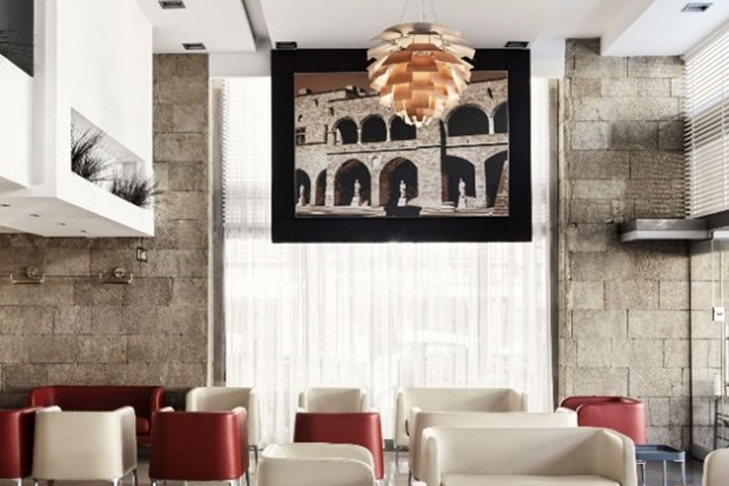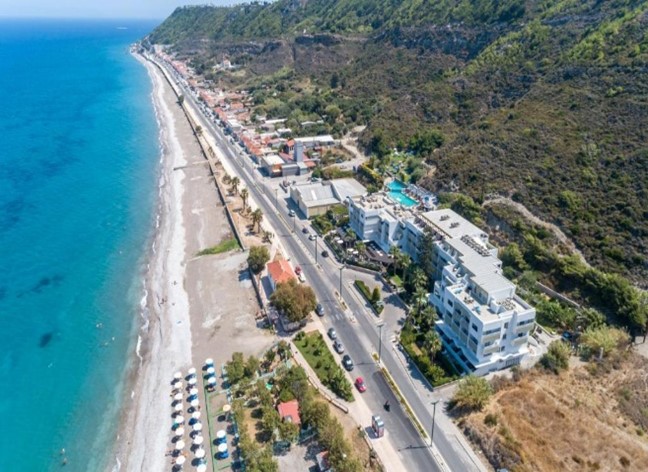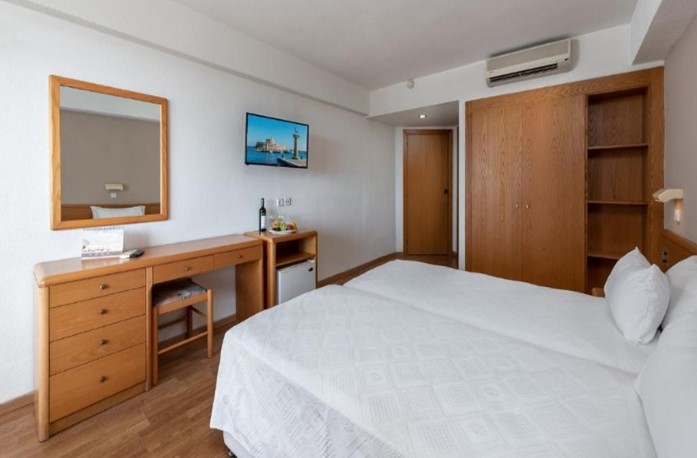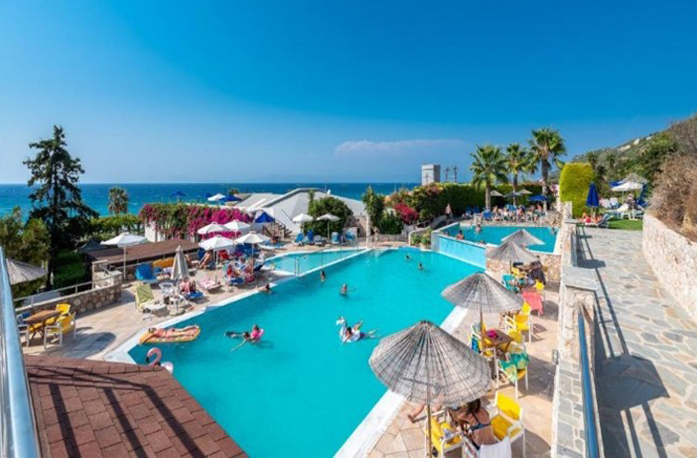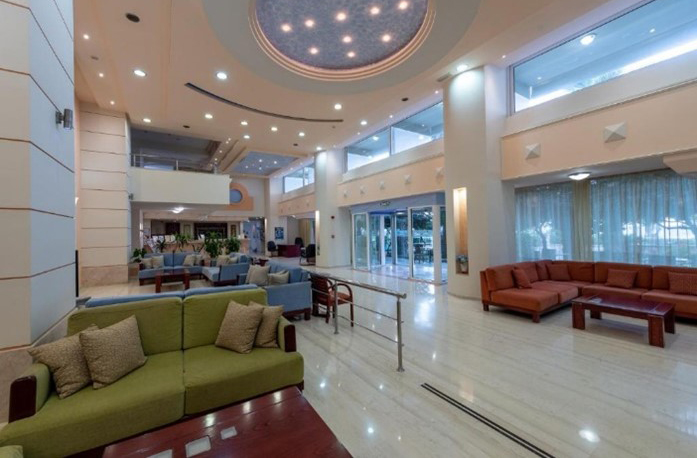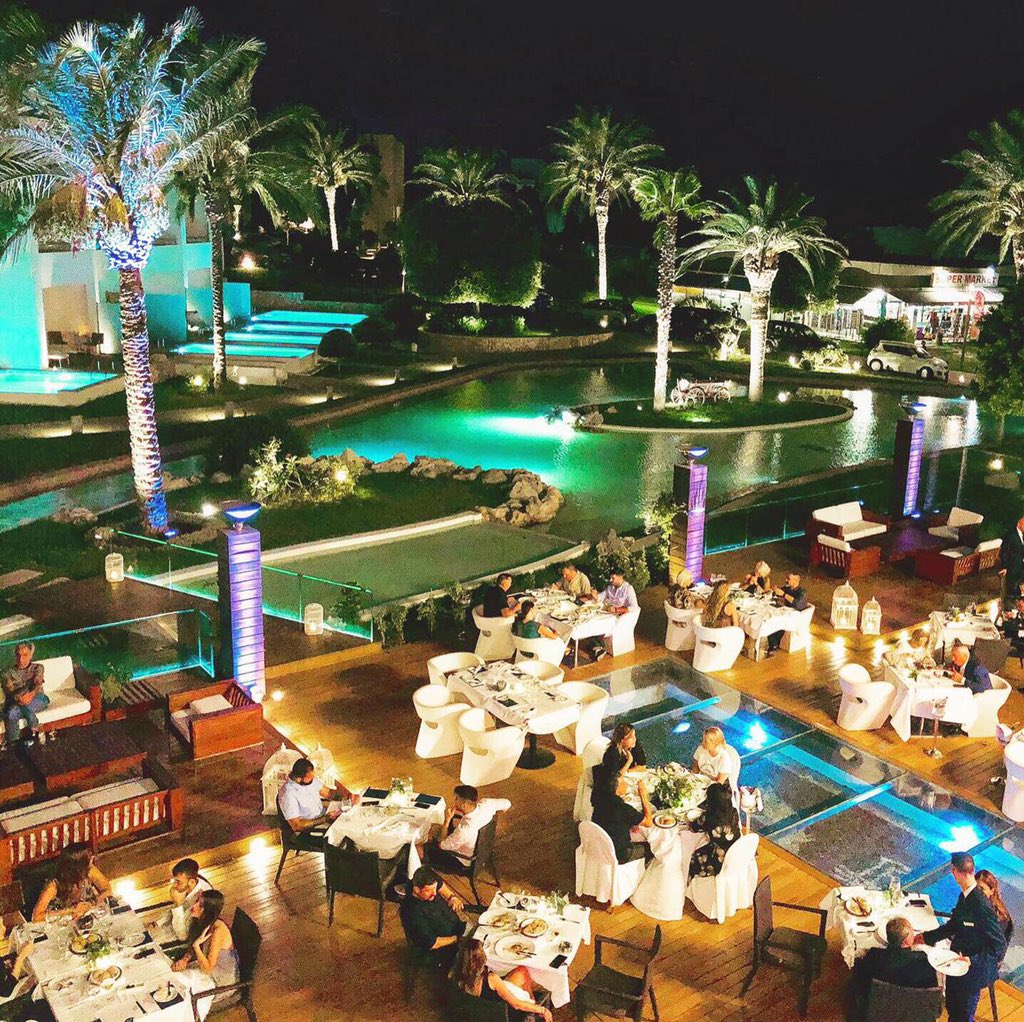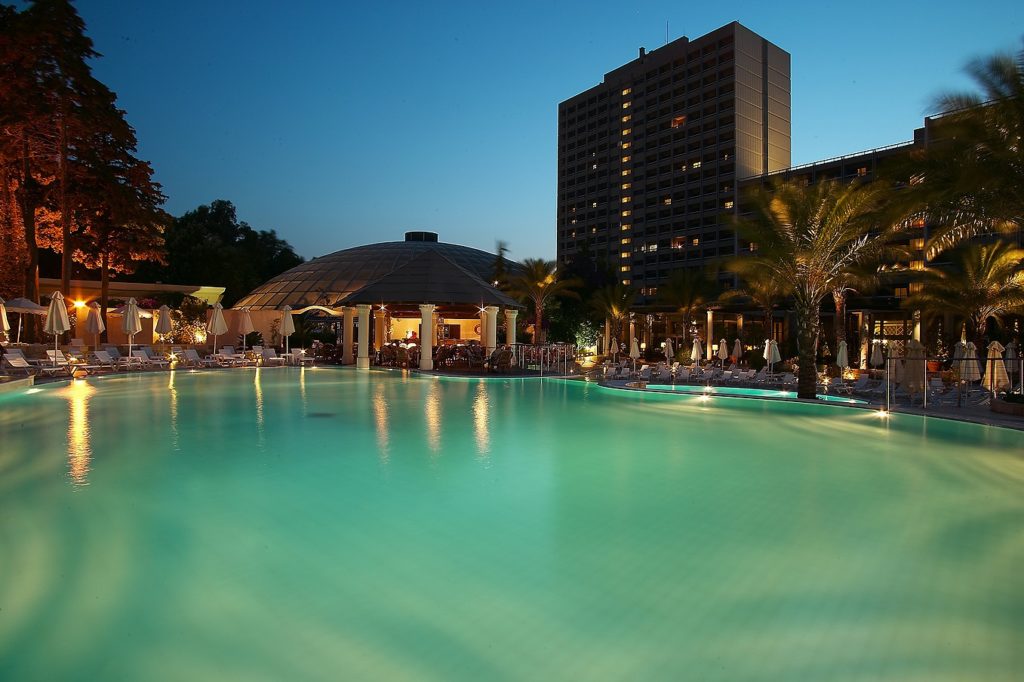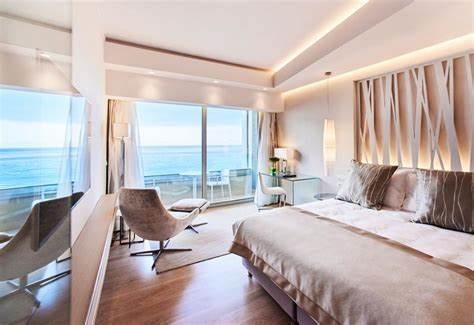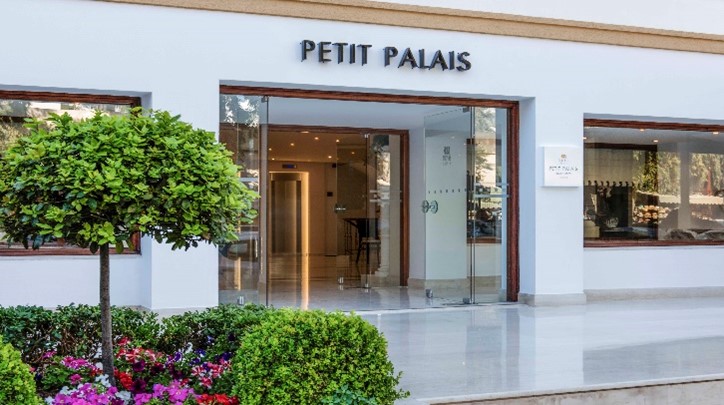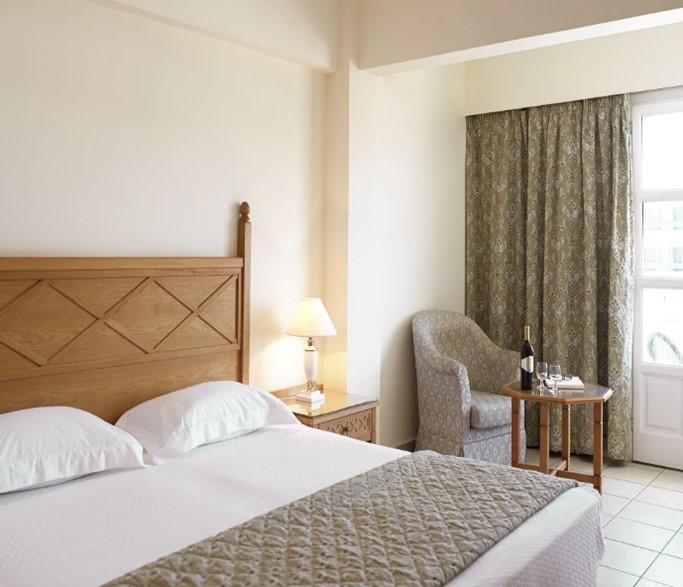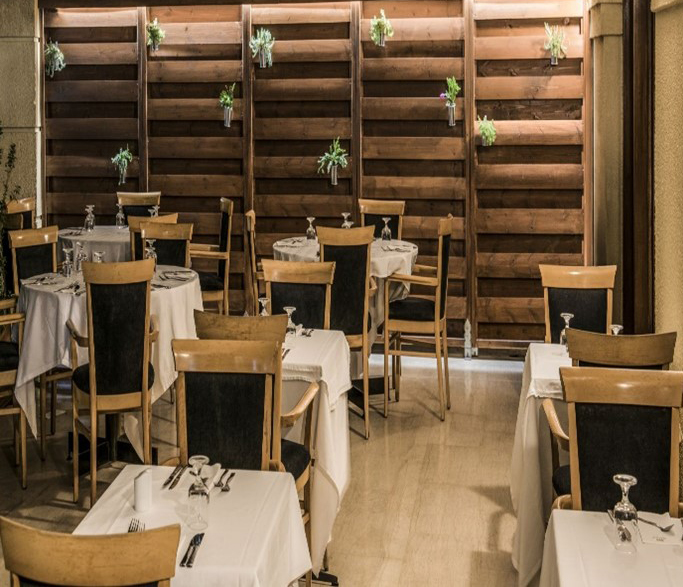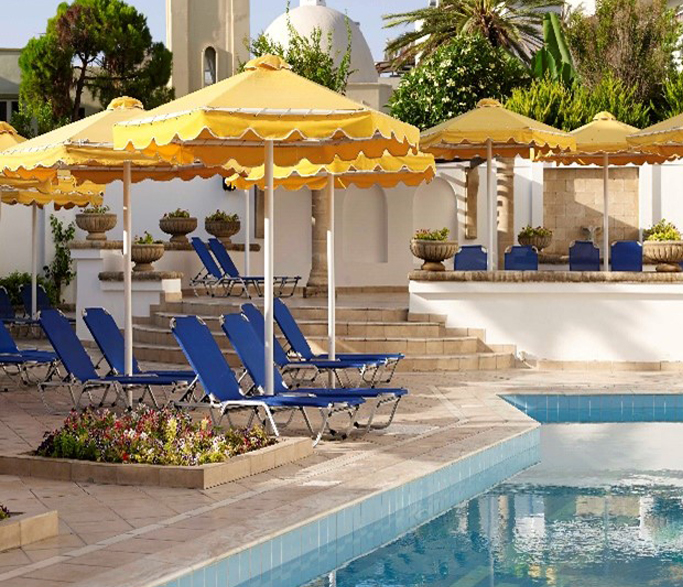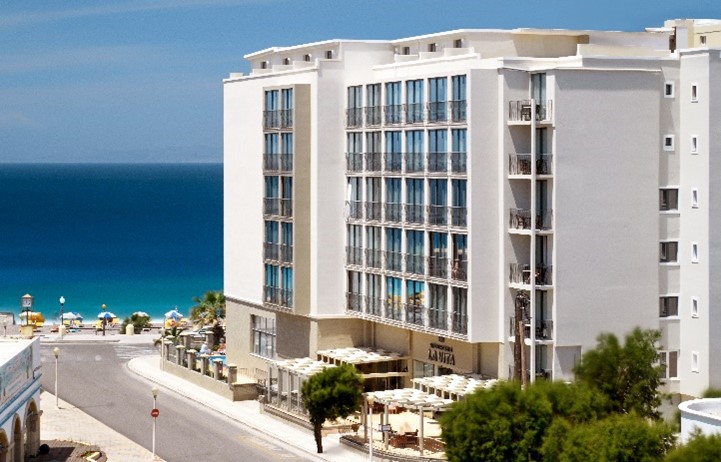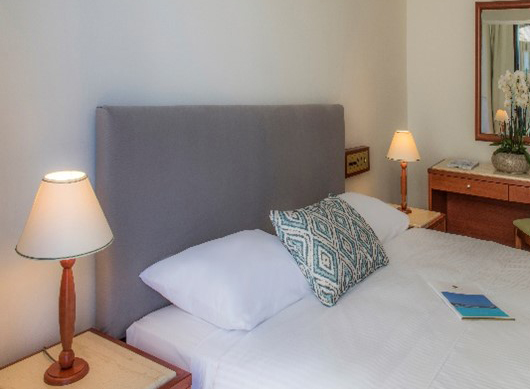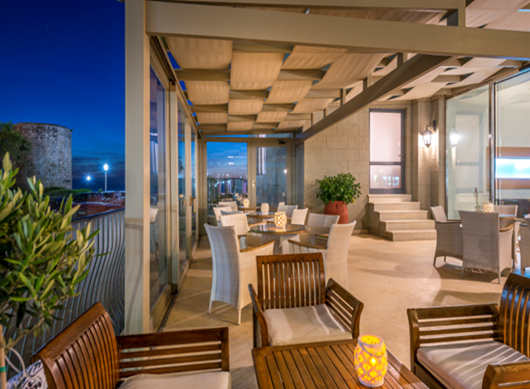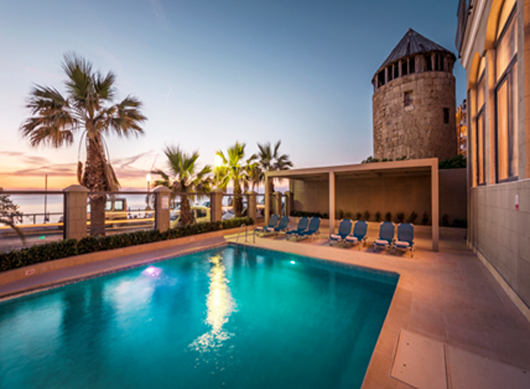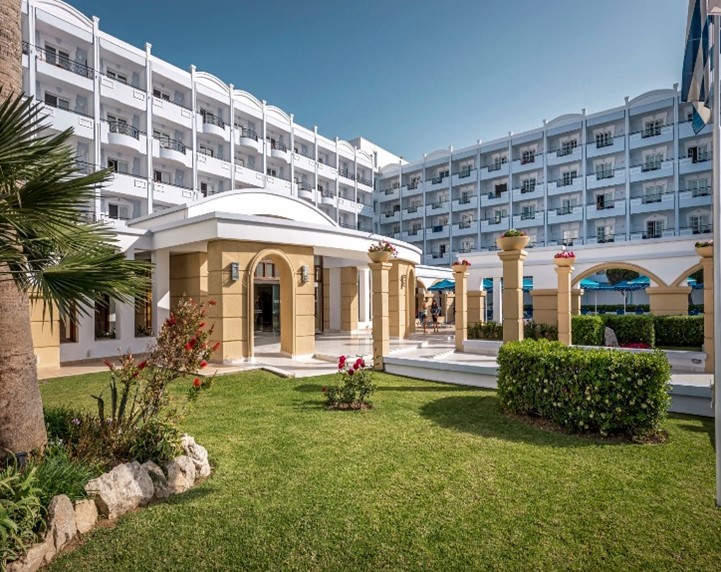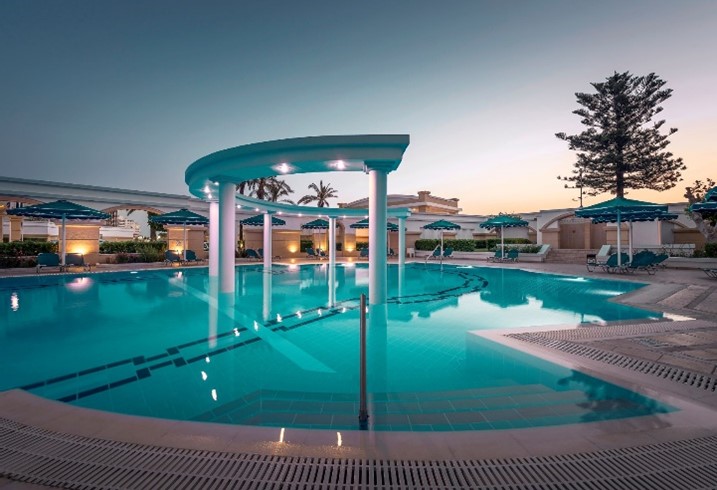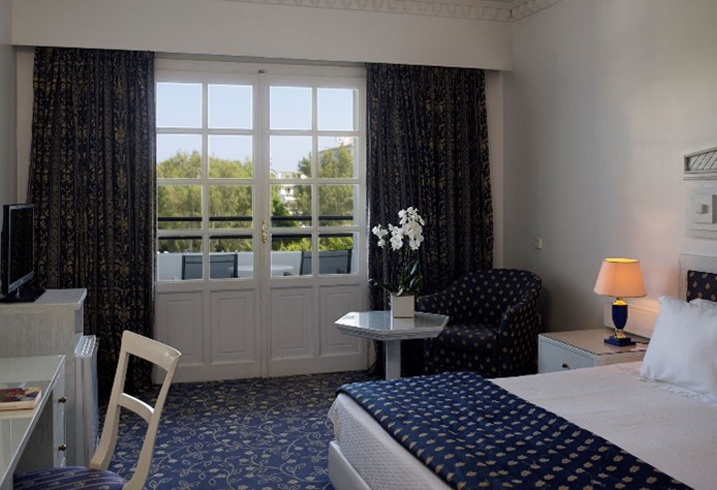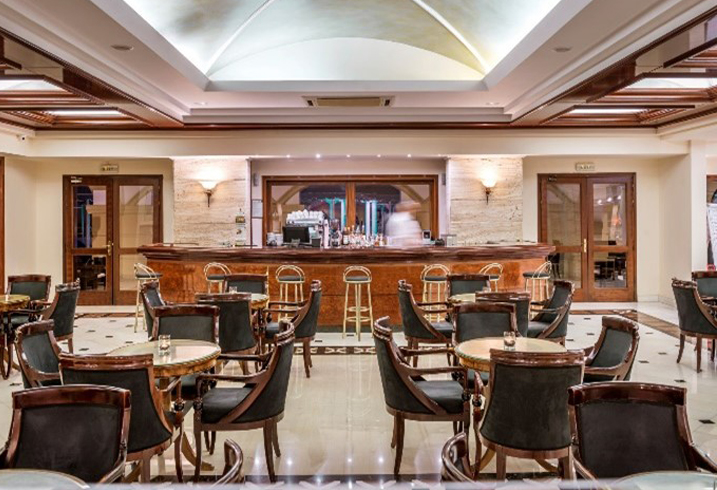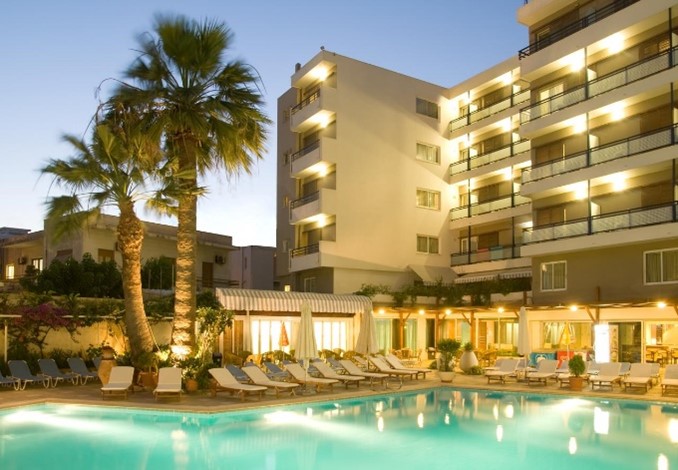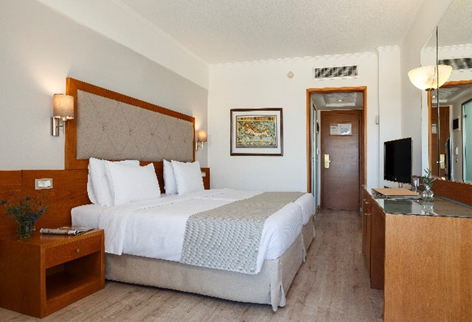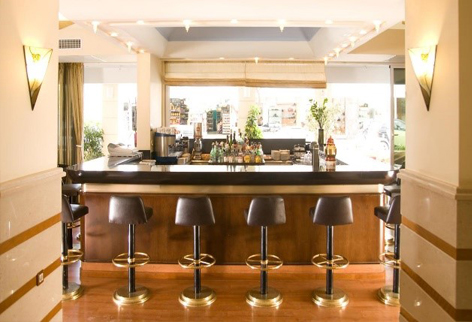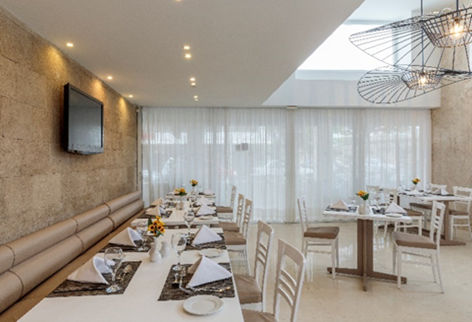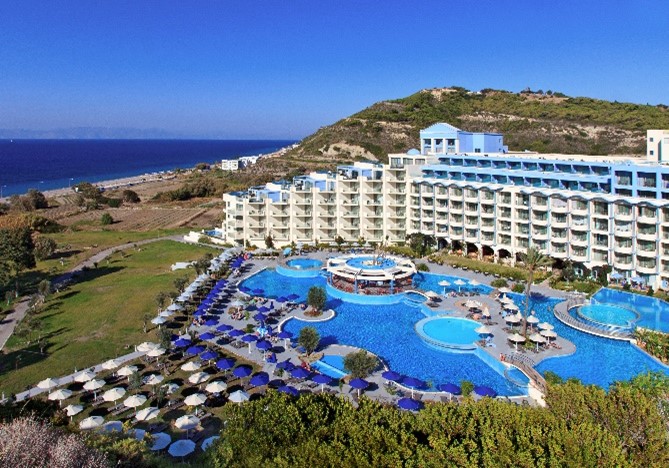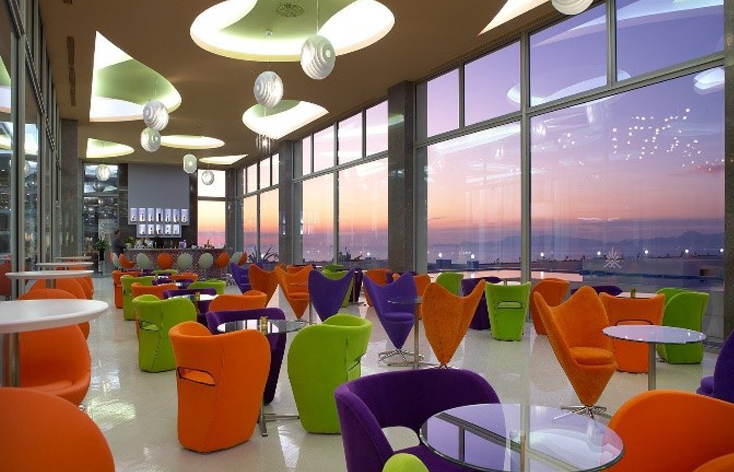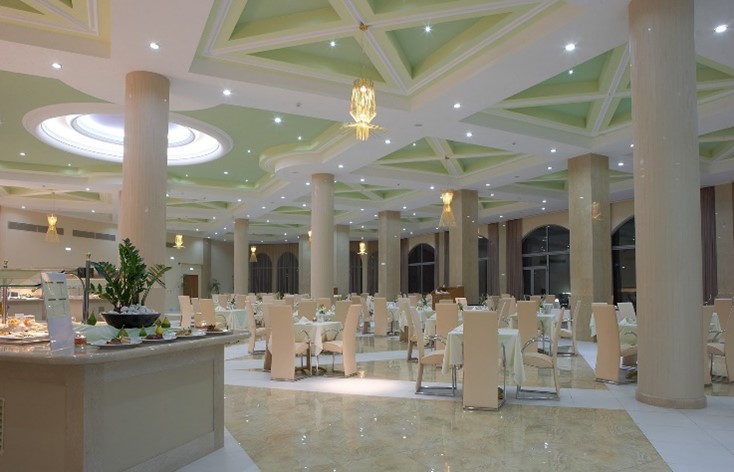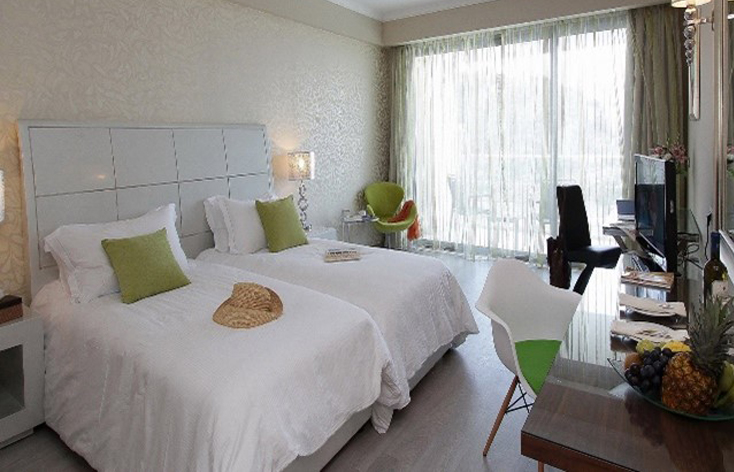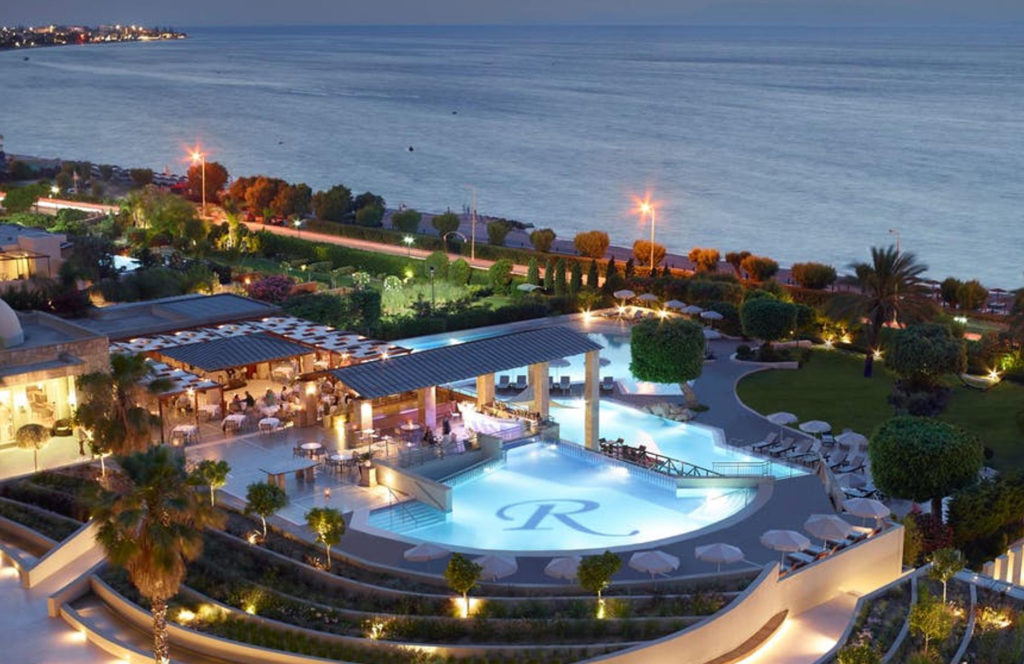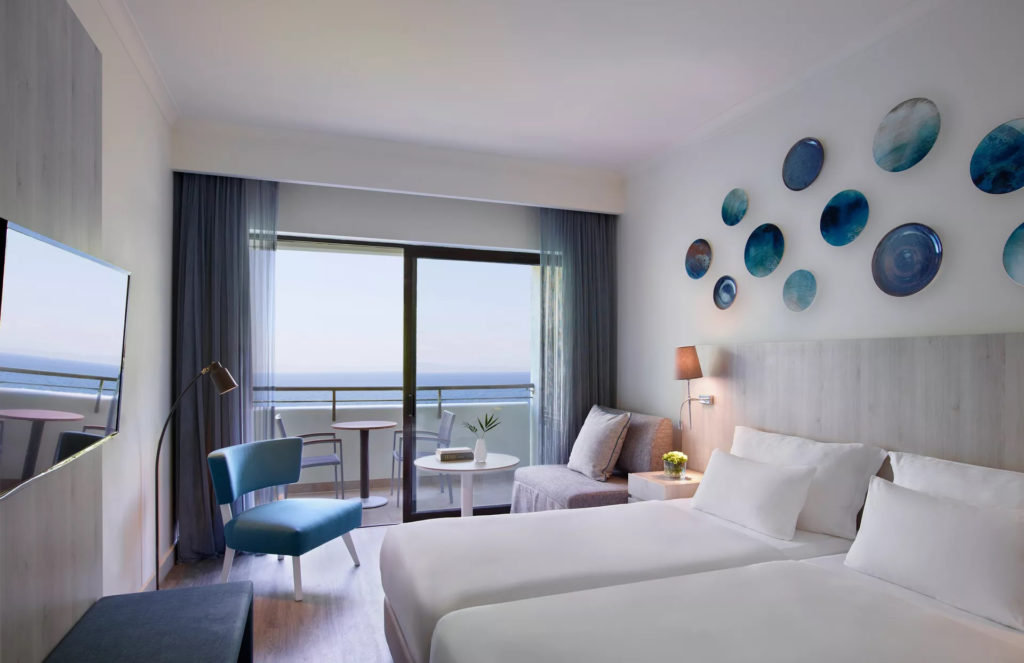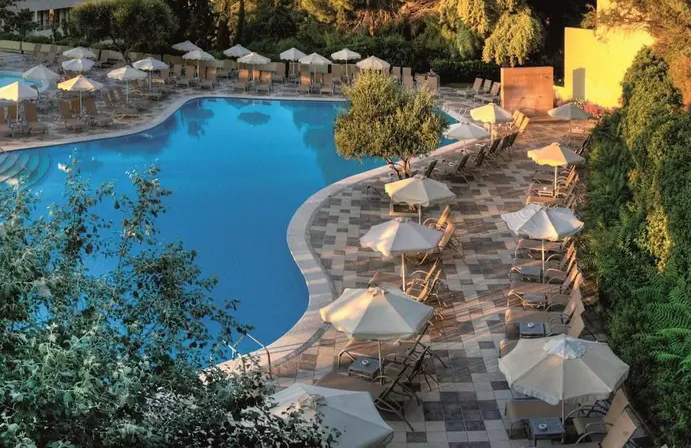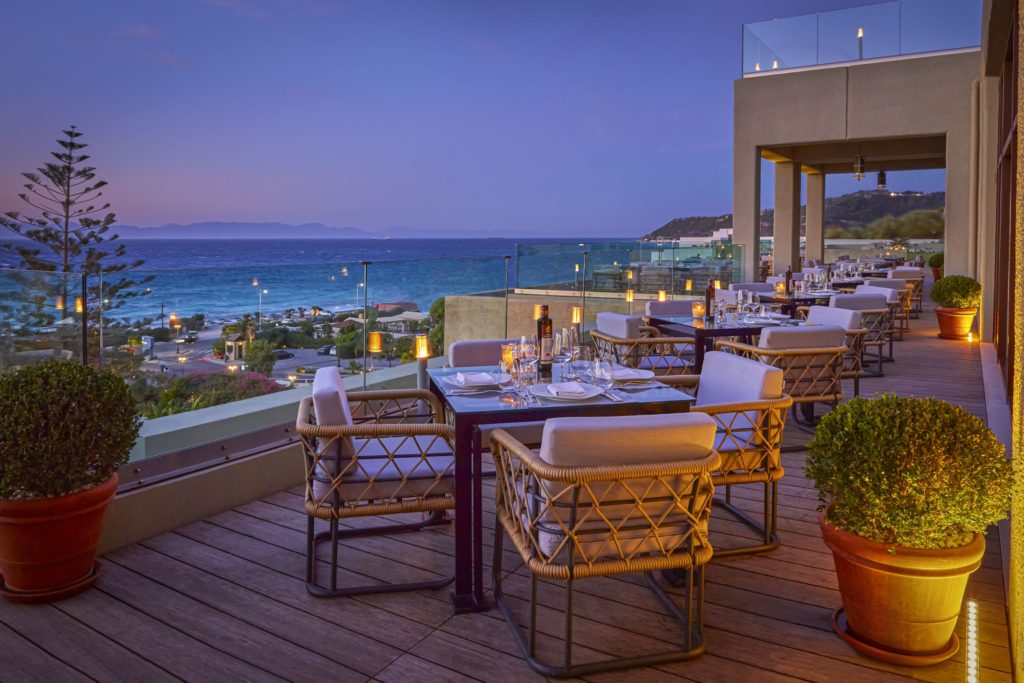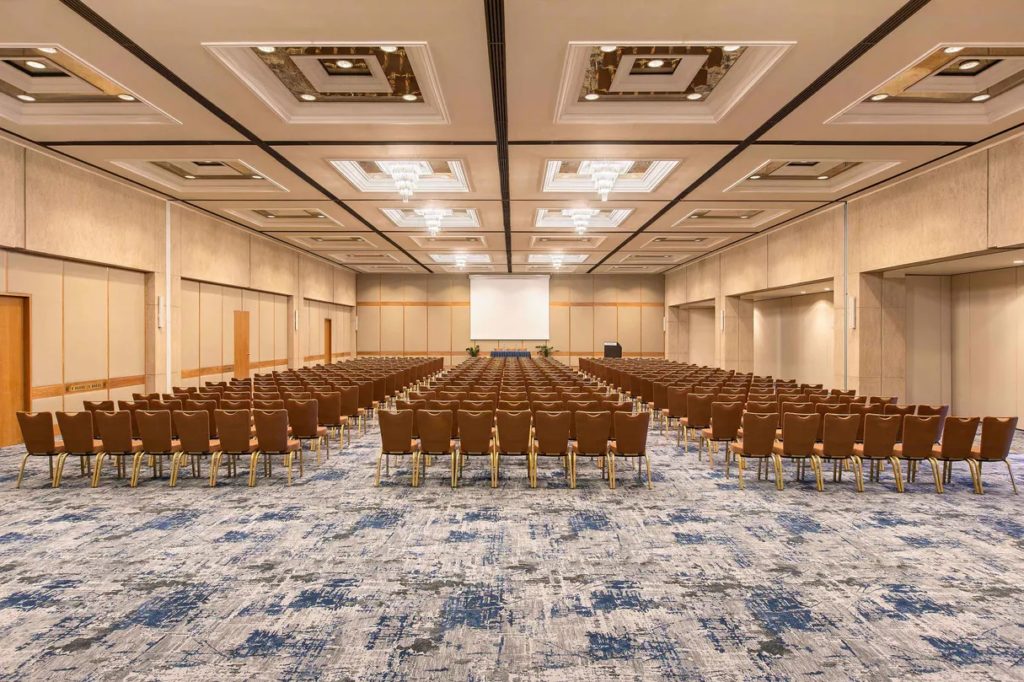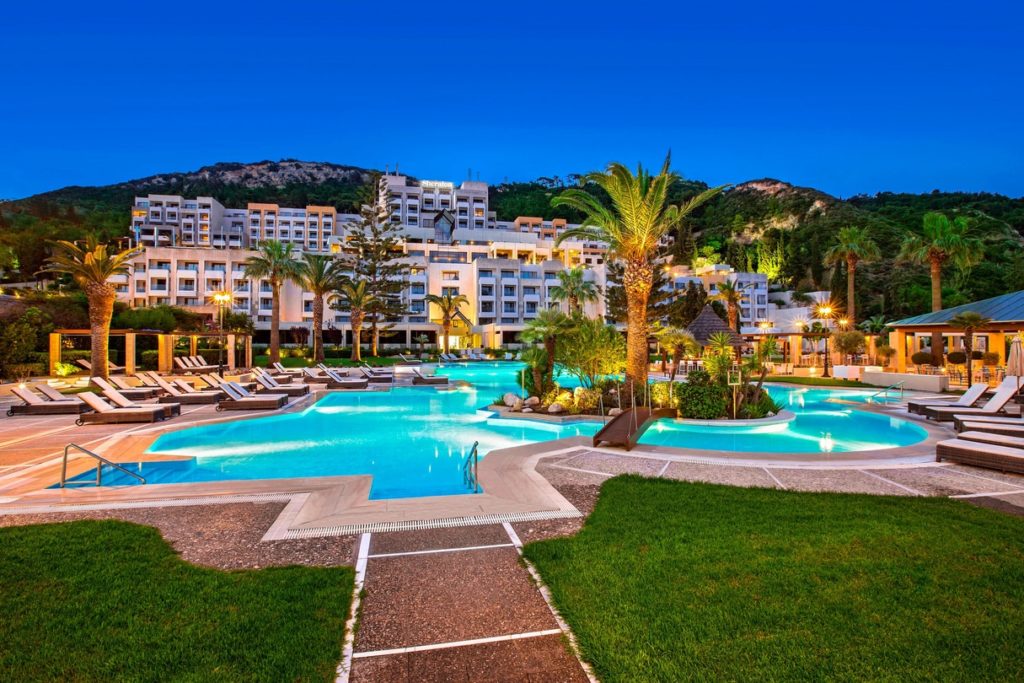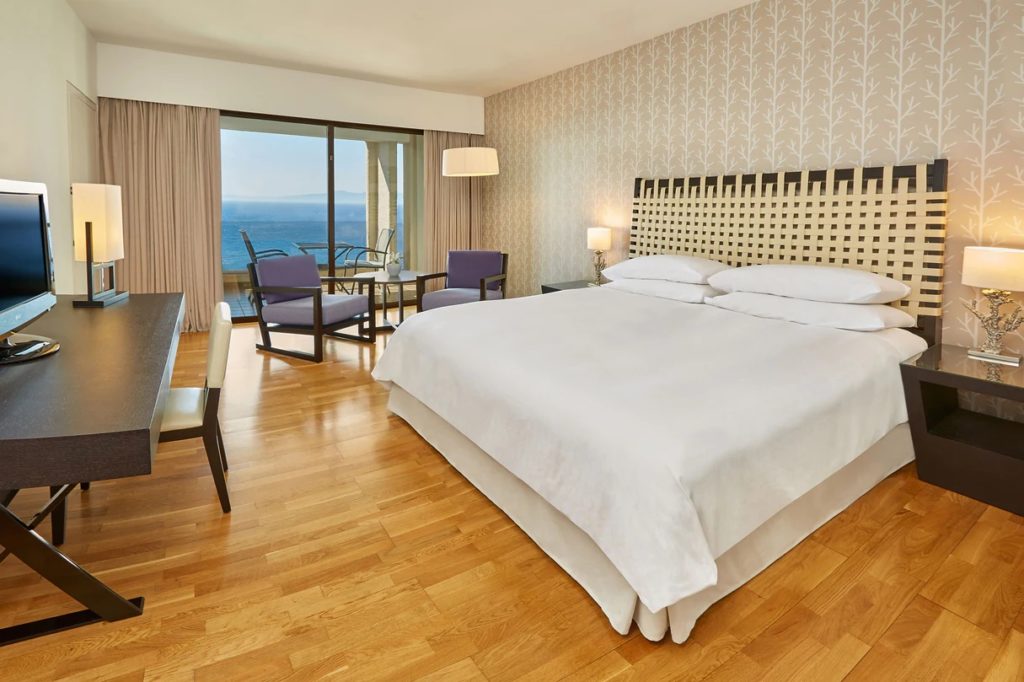The Island of vivid contrasts
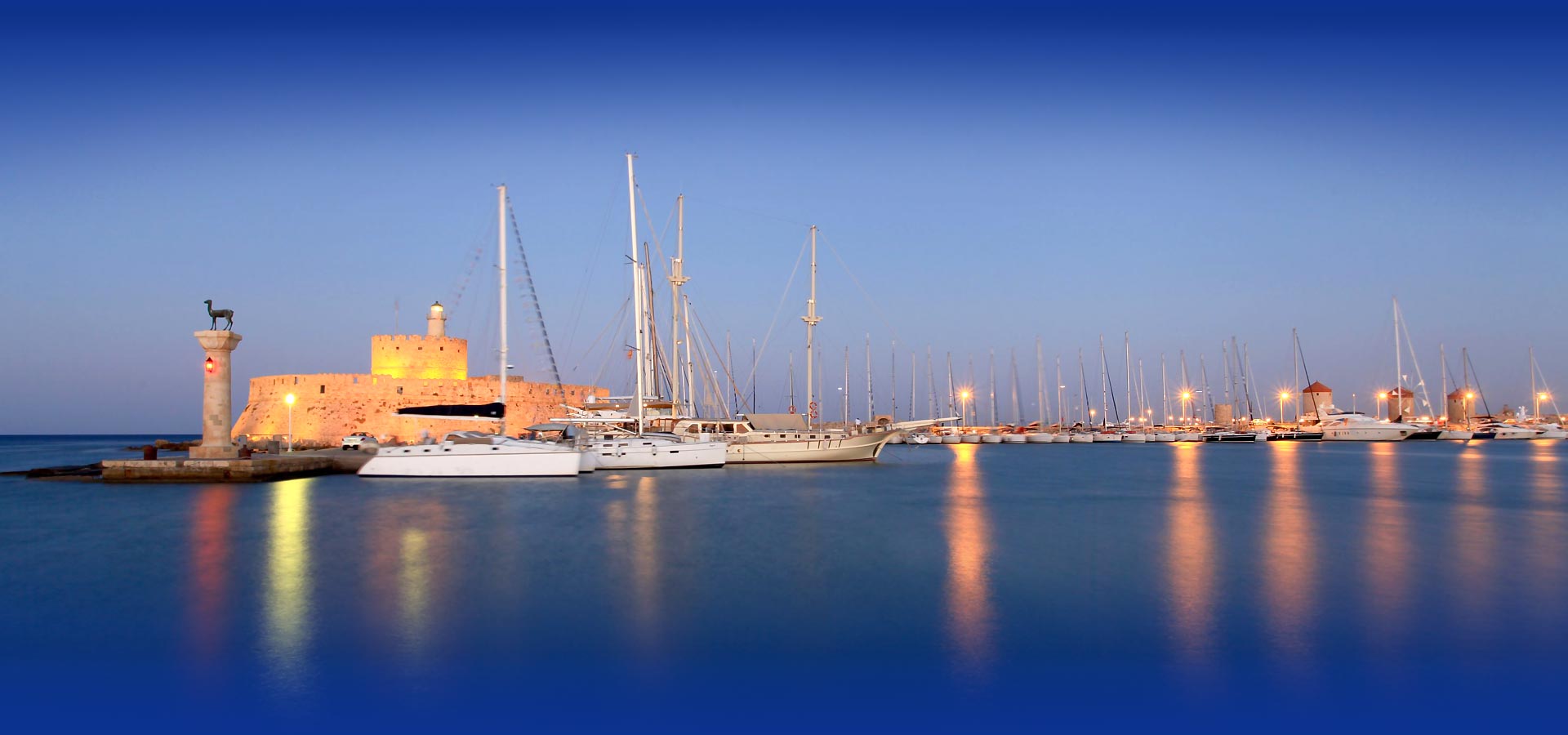
Rhodes looks like a place taken straight out of a medieval fairy tale with castles, knights, stories of Grand Masters and beautiful Gothic and Renaissance architecture buildings. It has a long and impressive history; it’s a place where the strong medieval aspect blends with the traditional Greek one. It is also an island with great natural beauty: the lovely beaches face the pine woods on the mountainsides; the mountain villages overlook the seaside towns; and the archaeological sites, the medieval monuments and the cosmopolitan resorts arranged in the traditional style all conspire to make the popularity of this destination so hard to resist. This Mediterranean gem boasts a centuries-old history: a turbulent past full of unexpected turns and twists of fate. It flourished during the 4th century BC; this is when the famous Colossus of Rhodes, a gigantic statue sculpted by Charis from Lindos, who was a student of Lysippos, a master sculptor at the time. The history of this island is a rich one, as all conquerors left their strong mark on it.
A time traveling experience around the medieval town, teach stories about the Knights of St. John, who ruled the island from the 14th to the 16th century.
Trivia (little known fact)

The Colossus of Rhodes, the bronze statue of the sun god Helios, which once towered over the entrance to the island’s port, was one of the Seven Wonders of the Ancient World. The giant figure, which stood on a marble pedestal and rose to a height of 33 meters, was designed by the sculptor Chares of Lindos in 282 BC and was destroyed by an earthquake in 226 BC. The imposing work was an artistic and aesthetic masterpiece that defined its age and symbolized the independence of the people of Rhodes. Two thousand years later, it was reputedly inspired the French sculptor Frederic Auguste Bartholdi to create the Statue of Liberty.
